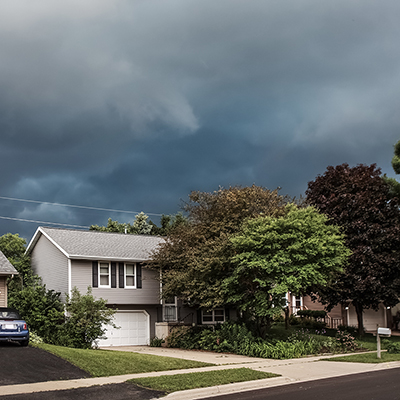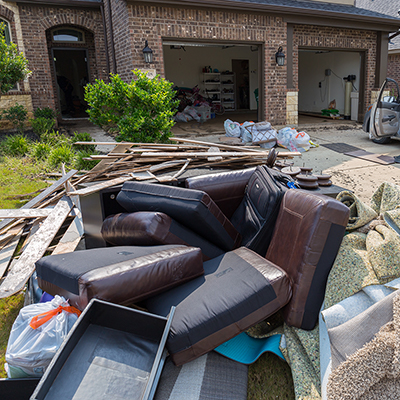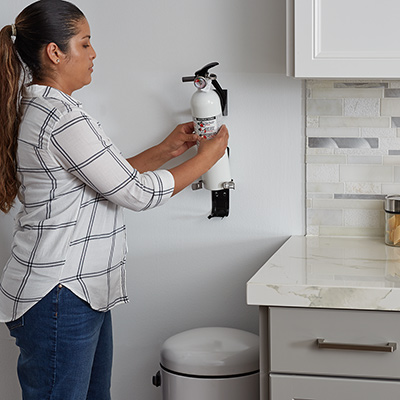How to Recover from a Wildfire
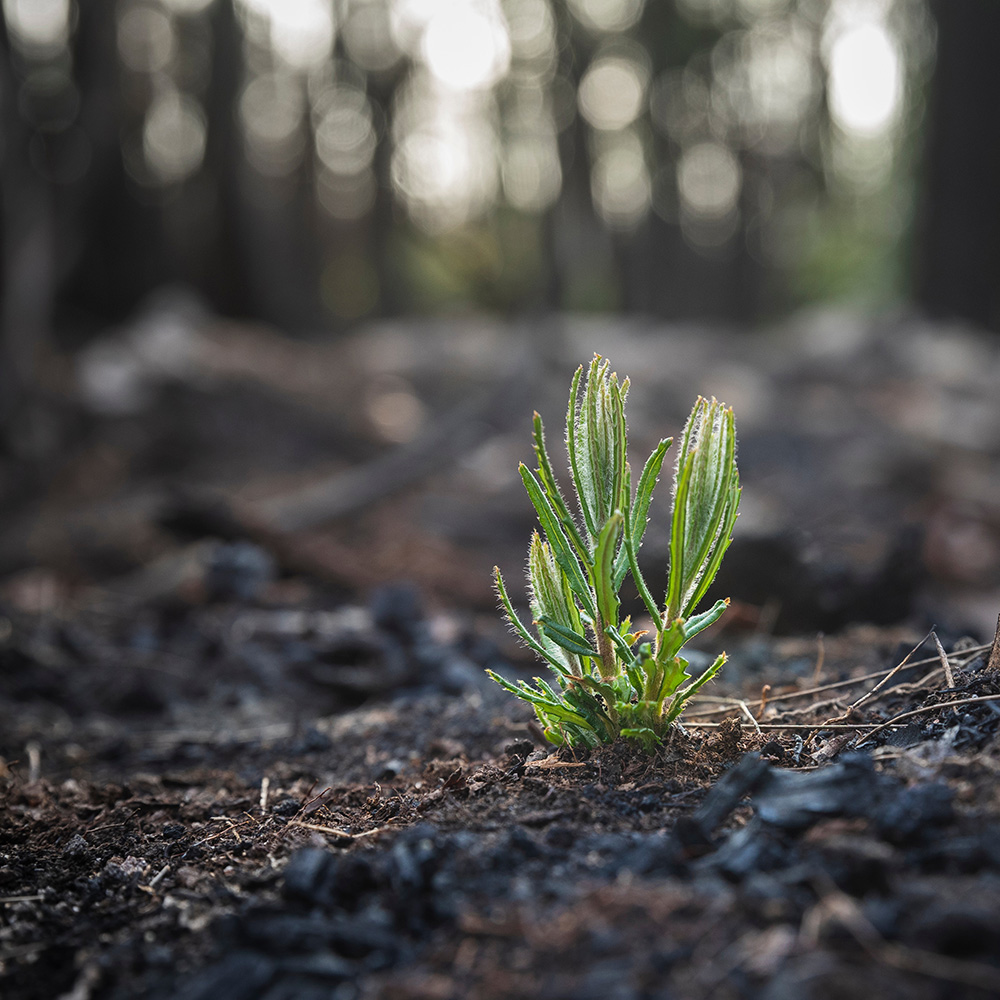
Last updated September 7, 2023
Knowing how to recover from a wildfire can make all the difference after disaster strikes. Recovering from a recent wildfire takes time, planning and often professional help. Wildfires cause serious damage to homes, yards, and other property. Read on for helpful information and tips for residential or homeowner wildfire recovery.
Difficulty:
Intermediate
Duration:
Over 1 day
Table of Contents
Wildfire Facts
Safety First
Post Wildfire Damage Assessment
Post Wildfire Cleanup
Post Wildfire Recovery Checklist
Long-term Wildfire Recovery Tips
Wildfire Facts
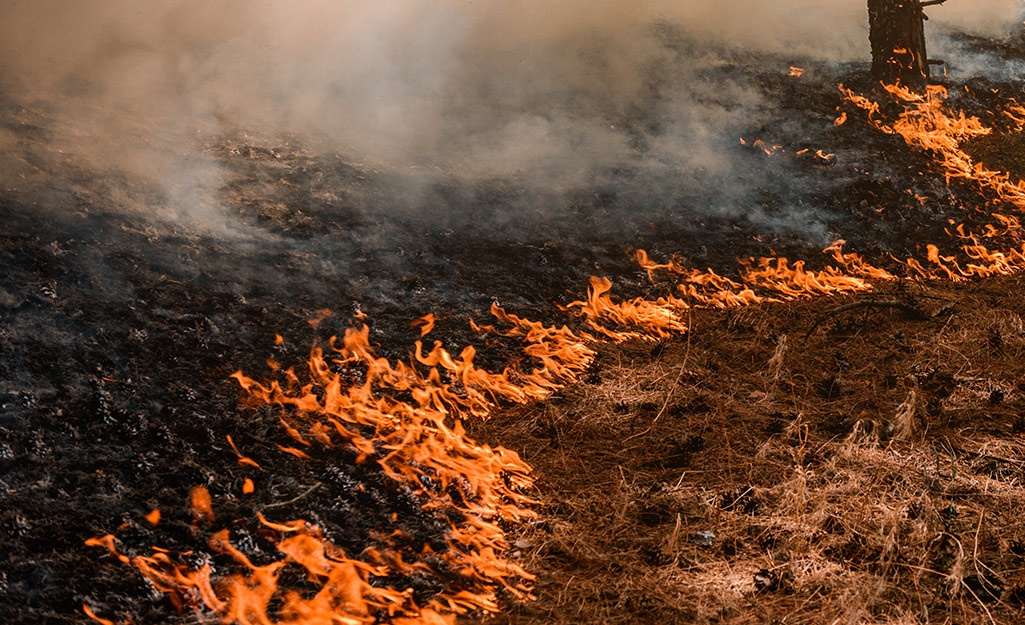
Wildfires burn millions of acres a year. Although lightning gets the most blame, it’s estimated that 4 out of 5 wildfires are caused by human carelessness. Wildfires can happen anytime and anywhere. However, they’re most likely to happen during or after a drought or when vegetation is dry. Wildfires burn everything in their path. This causes a loss of vegetation, resulting in soil erosion and possible flooding. Wildlife populations can be decimated and displaced. If a forest or stand of trees experience severe damage, a wildfire can even affect the wind and weather. Knowing how to recover from a wildfire is essential.
Safety First
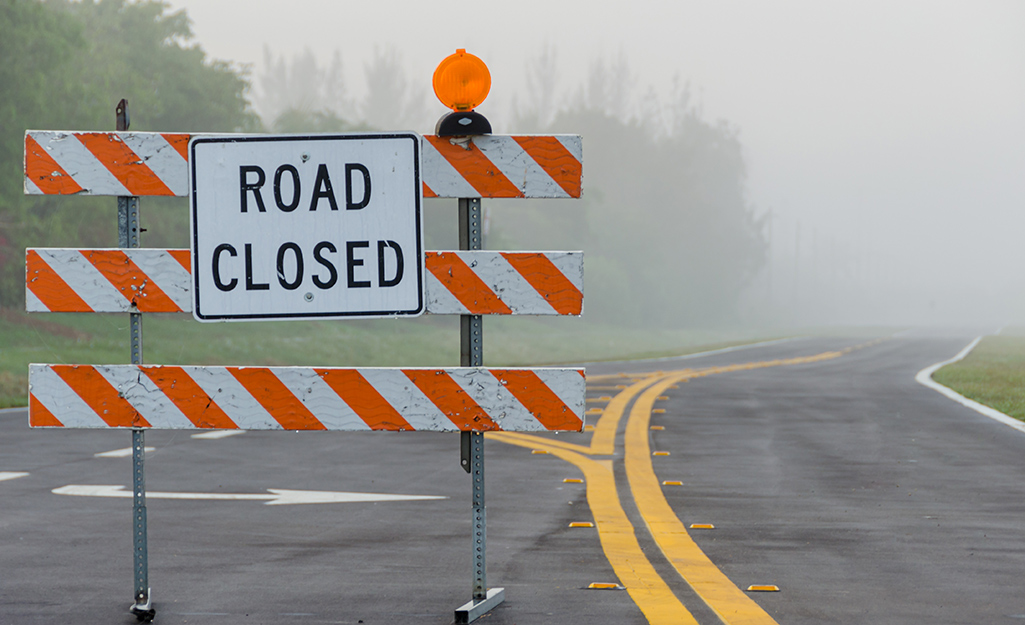
Wildfires are very destructive, but they are also dangerous. A wildfire can move fast, up to almost 15 miles an hour. Once you’re warned of a nearby wildfire, pay close attention to local reports. Wildfires can change direction quickly. If recommended, evacuate quickly. Don’t return to your home or neighborhood until local authorities determine it is safe. It can be stressful to wait to find out damage your property will sustain.
While you wait, start planning how to return home safely. Have a wildfire recovery tool kit packed and ready. It should contain shovels, rakes, trash cans, heavy duty plastic trash bags, a pruner and rope. Ask local authorities if power, gas and electricity is shut off. If so, when will it be restored. Consider getting a generator. When local authorities say so, you can return home. But if you run into any roadblocks, turn around immediately and do not try to go around them.
Post Wildfire Damage Assessment

Determining what needs to be thrown out, removed or repaired is your first step to getting things back to normal.
Be cautious. Here are a few things to keep in mind:
- Wildfire burns both the surface of the ground and below. If the fire reaches to tree roots, it can weaken the tree. Sometimes trees will lean or fall after a wildfire.
- Look out for fallen power lines or exposed wiring. Notify authorities about any ones you find.
- Wildfires produce ash pits. Ash pits are the holes left behind when stumps or root balls burn. These hot spots can cause falls and burns.
- Fires can destabilize home structures causing weak walls and floors.
- The heat of a fire shatters windows. Avoid broken glass.
- Snakes and other wild animals that flee from a wildfire can end up at your property.
- If you do smell gas, do not enter your home.
- Protect your eyes and skin. Use the proper gear. Gloves and heavy work shoes are essential. A mask and safety glasses may be a good idea as well.
- Check thoroughly for smoldering embers in roofs, attics, under decks and other hidden places.
- Take photos of everything you may need for a claim or need to replace or repair.
Tip: Check with your insurance agent before cleaning up for any provisions that can affect your claim.
Post Wildfire Cleanup
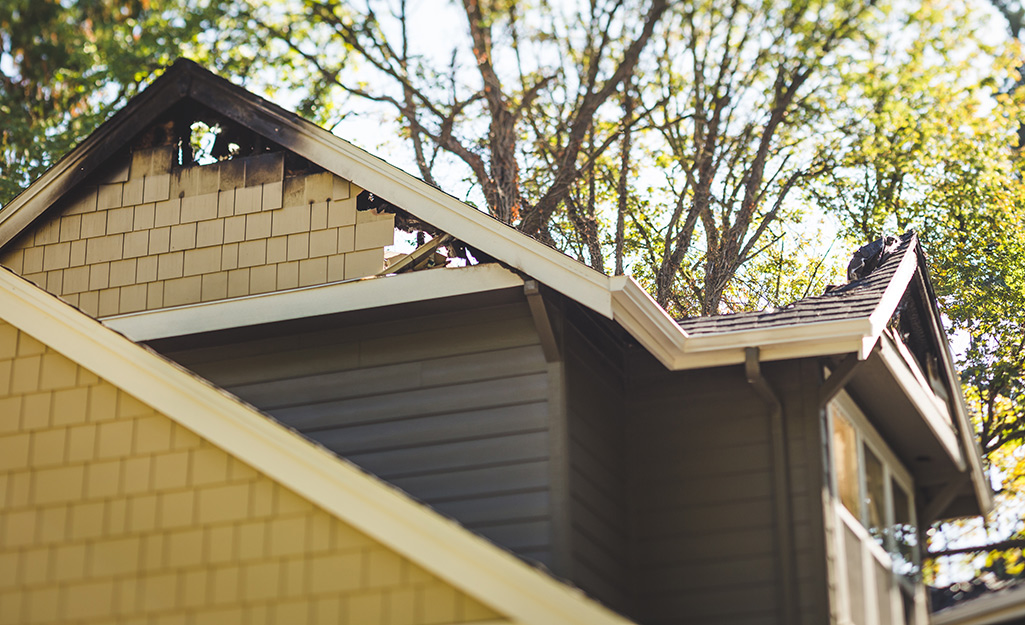
The longer ash and soot sit, the harder it is to remove. Eliminate it inside and out as quickly as you can:
- Use a vacuum with a HEPA filter to clean up ash. Do not sweep.
- Turn on an air purifier or ventilation system if possible.
- Soot is oily. Wash all surfaces, windows, walls and ceilings a damp cloth and detergent. Spray areas with water before cleaning. This will cut down on breathing in soot or dust.
- Wash off any soot or ash from your hands or face as soon as you can. It can be a skin irritant.
- Place food in refrigerators and freezers into garbage bags. Check canned goods for bulges. Depending on how hot the fire was, these can be spoiled.
- If your home has water damage, make sure to remove saturated debris, clean, sanitize and dehumidify the area. Consult a mold professional.
- Pressure-wash the exterior of your home to remove soot and smoke. Make note of any siding, trim or gutters that may need replacing.
- Be careful washing windows and examine them carefully for any cracks. Replace ones that are broken.
- Try pressure-washing scorched hard surfaces such as sidewalks and driveways. If cleaning doesn’t give you a satisfactory result, consider replacing them.
- Wash off any soot or ash from grass, garden plants and trees.
- Use a wheelbarrow to clean up debris or hire professionals.
Post Wildfire Recovery Checklist
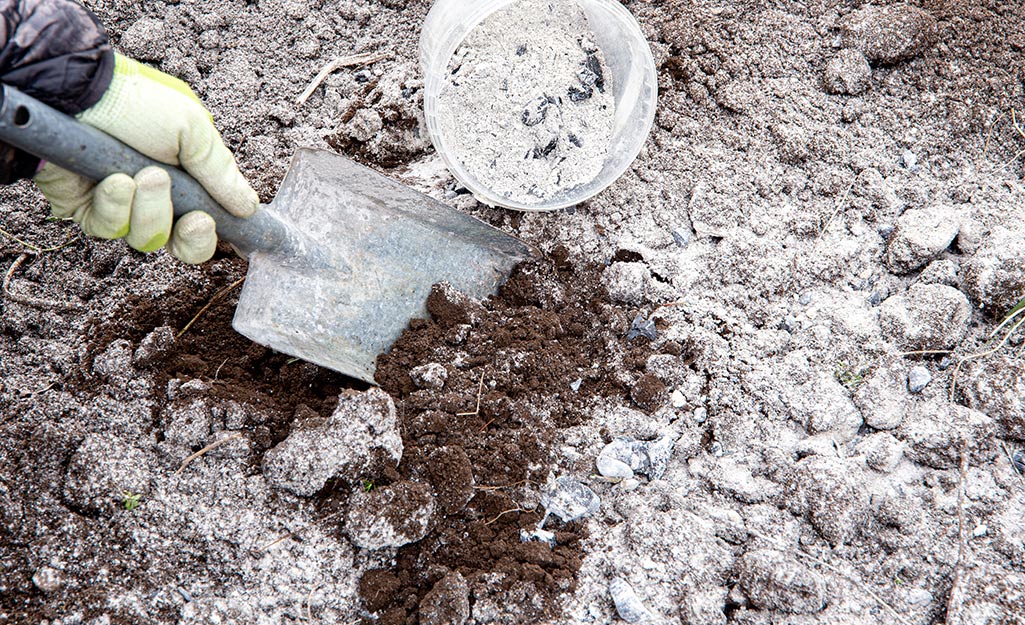
- Although a little wood ash can be good for a garden, too much is toxic and stunts growth. Clear any scorched earth. Put fresh topsoil in those areas.
- Check tree trunks and roots for deep burns. Deep burns in a trunk or burns in root balls can kill a tree. Call a tree removal expert for severely damaged trees.
- Use a chainsaw to trim scorched branches on otherwise healthy trees. Trees and shrubs can bounce back from wildfires.
- Consider getting a soil analysis for severely charred soil.
- Cut down and remove burnt bushes and shrubbery.
- Re-seed burnt spots in lawns. If large areas of grass are burnt, consider resodding.
- Flowering plants and garden edibles will likely need to be re-seeded.
- If your garden escaped damage, wash any produce with a vinegar and water.
- Resume your regular mulching, water and fertilizing schedule. Water closer to the roots to avoid any erosion problems.
Long-term Wildfire Recovery Tips

Recovering from a wildfire can take anywhere from six months to a year or more. Keep your recovery going.
- Rebuild or create natural habitats for helpful wildlife such as bees and birds.
- Add or repair drainage to your yard. Wildfires eradicate vegetation causing topsoil loss over time.
- Plant fire-resistant plants like hedging roses and hardwoods.
- Trim trees and clear branches near the house/chimney. Blow or rake leaves away from the house. Pick up fallen limbs. Remove dead or dying trees, shrubs and bushes promptly.
Use a wood chipper to turn trimmings into mulch. Create hardscape buffers by installing walkways or patios.
Helpful Resources
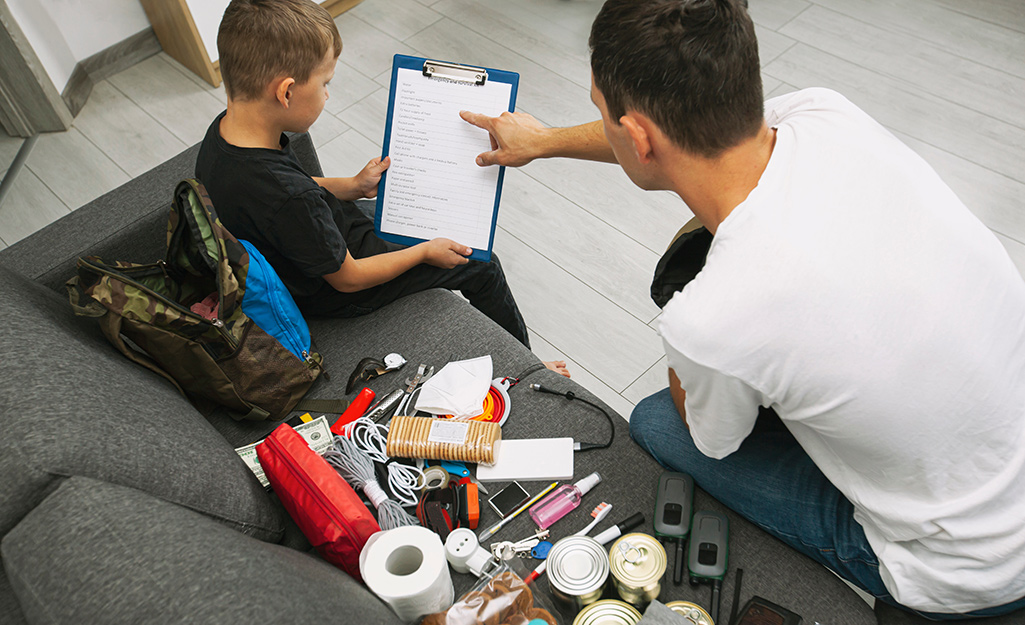
When disaster strikes, being prepared is the best response. Below are handy resources for homeowner wildfire recovery during and after a disaster.
- Register yourself on the Red Cross Safe and Well List so family and friends know of your well-being.
- Contact FEMA for more information on several state-led wildfire fighting efforts and a variety of grant programs.
Knowing how to recover from a wildfire starts with safety first. Evacuate if necessary. Once you are allowed to return to your home, you can clean up, assess the damage and start your wildfire recovery plan. Make sure to continue to use caution. Recovering from a wildfire takes work and time. Remove dry leaves, debris and tree limbs that can spread a wildfire. From power tools to garden tools to fire-resistant products, The Home Depot delivers
online orders
when and where you need them. If you need large tools or garden equipment, you can also
rent the tools
you need from us.

